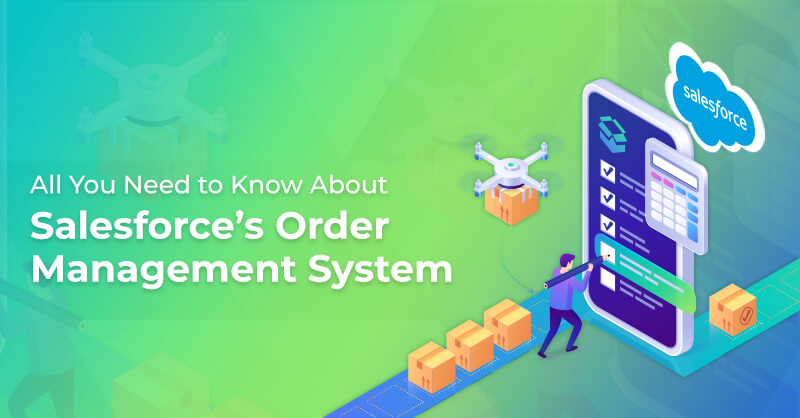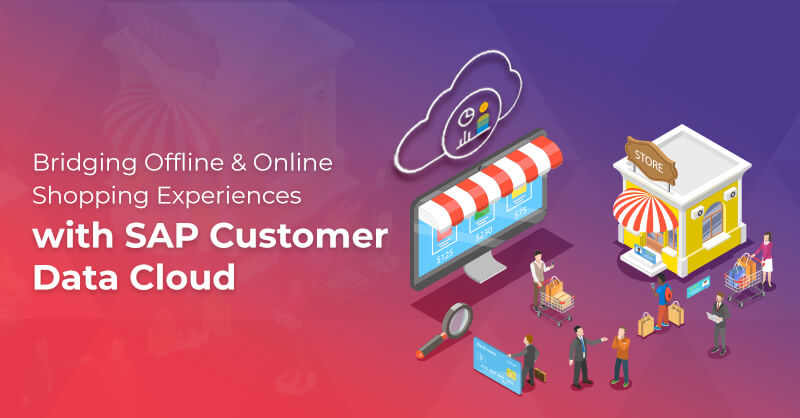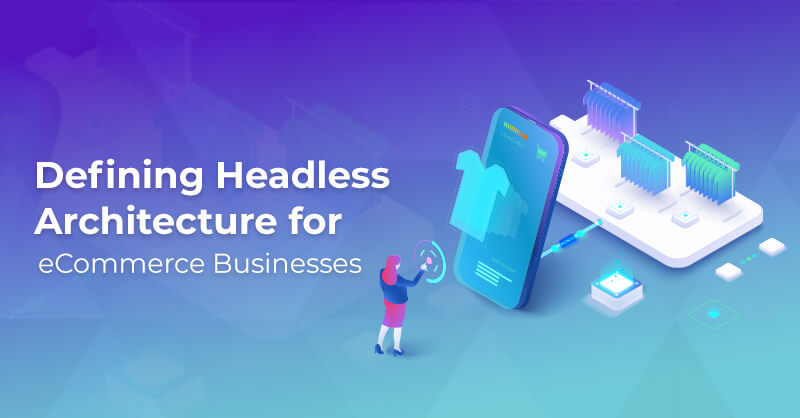Can Microservices Fuel your E-commerce Platform?
Written by Jeethu Augustine
Technical Content Writer
Do Fixed Deployments Constrain You?
Microservices-based architecture provide you the agility and flexibility over the traditional monolithic architecture, allowing you to build and deploy at your own pace. Microservices make a system more manageable and increase its visibility. Does the Microservices approach suit your business? Does it enable you to meet the fast-evolving customer demands, which include personalization and improved services across multiple touchpoints? So, understanding Microservices and how they impact your business is essential when making the decision to shift..
What are Microservices?
They are standalone applications that are loosely packed and can be designed and deployed independently without impacting the rest of the application. Unlike the traditional horizontal structure, microservices have a cross-functional structure that has vertical teams.
With Microservices, ecommerce retailers now have the ability to make their business more agile, flexible, and innovative. The constraints that were once caused by the rather stringent architecture have now been resolved with the architectural evolution in ecommerce during recent years. The ever-changing customer demands have lead to this. There has been a rush to deploy at the earliest with fewer happenings. The complex and inflexible monolithic application, which is still being used by many retailers, is slowly being replaced by Microservices.
Advantages of Microservice Architecture
Microservices are easier to scale: Microservices are separate components that work independently. It is easier to scale the entire function and improve the overall performance of the whole business application without scaling the entire application.
Distributed responsibility: Teams are assigned to and are responsible for specific microservices to provide more clarity and improved services. This would also improve productivity and team efficiency.
Expertise: Microservices gives you the flexibility to use the relevant tool for a specific task with no dependency on a single vendor. It also allows using its own language, framework, or ancillary services.
Teams work independently, allowing faster deployment: With microservices, cross-team dependency has been reduced and the loosely coupled services allow to add or modify a feature without rewriting the entire codebase. The specific services are independently testable and deployable and can get your application to market faster.
Cost-Effective through minimized downtime: Microservices allow quick deployment where the development time will be lesser and the code reusability has been increased. Decoupling helps in reducing the infrastructure cost and improving efficiency.
A failed service will not affect the rest of the application as each of them are working independently: Your entire application is an array of microservices that is decentralized and decoupled into services that act individually. And so, failure in the code shall only affect the respective service, causing minimal impact.
Reduced software complexity: With limited functionality, maintaining and updating microservices is so much easier.
Monolithic vs Microservices
Monolithic:
- provides a centralized, on-premise, feature-rich system, which is non-measurable, slow, and complex.
- build on and regularly update and maintain them.
- has a tightly coupled frontend and backend system creating dependency.
- personalization or customization can be time-consuming.
Microservices:
- offers a decentralized, decoupled approach.
- the requirements are separated but can be communicated with each other.
- any changes can be quickly implemented to meet customer requirements.
- independent and can function separately .
- customization or updating the system is effortless.
Is Headless Different from Microservices?
The flexibility offered by microservices architecture helps businesses to respond to market trends and customer expectations quickly. Not only for the business, but the loosely coupled microservices are also advantageous for the developers.
With headless, some parts of the system are decoupled, while microservices architecture allows platform and service-oriented architecture to be completely decoupled. Also,
Allows implementation of multiple new touchpoints to the frontend
A headless system permits multiple frontends to one backend system
A decentralized development process allows developers rapid implementation
Provides an efficient technology stack with the liberty to choose the features and functionalities necessary for the business
The frontend is separated from the backend, and so the frontend traffic will not affect the backend
commercetools’ Microservices for Commerce
With microservices, depending on their requirement, retailers can custom build their online store or social media channels. These self-contained applications can be further developed and maintained whenever there is a requirement, allowing businesses to make necessary changes to meet the market demands.
Want to capitalize on microservices? Royal Cyber is a premium partner of commercetools and has been helping businesses to stay ahead by migrating to new-age commerce technology and meet customer demands.
Interested to learn more? Contact a certified commercetools expert and get started.



